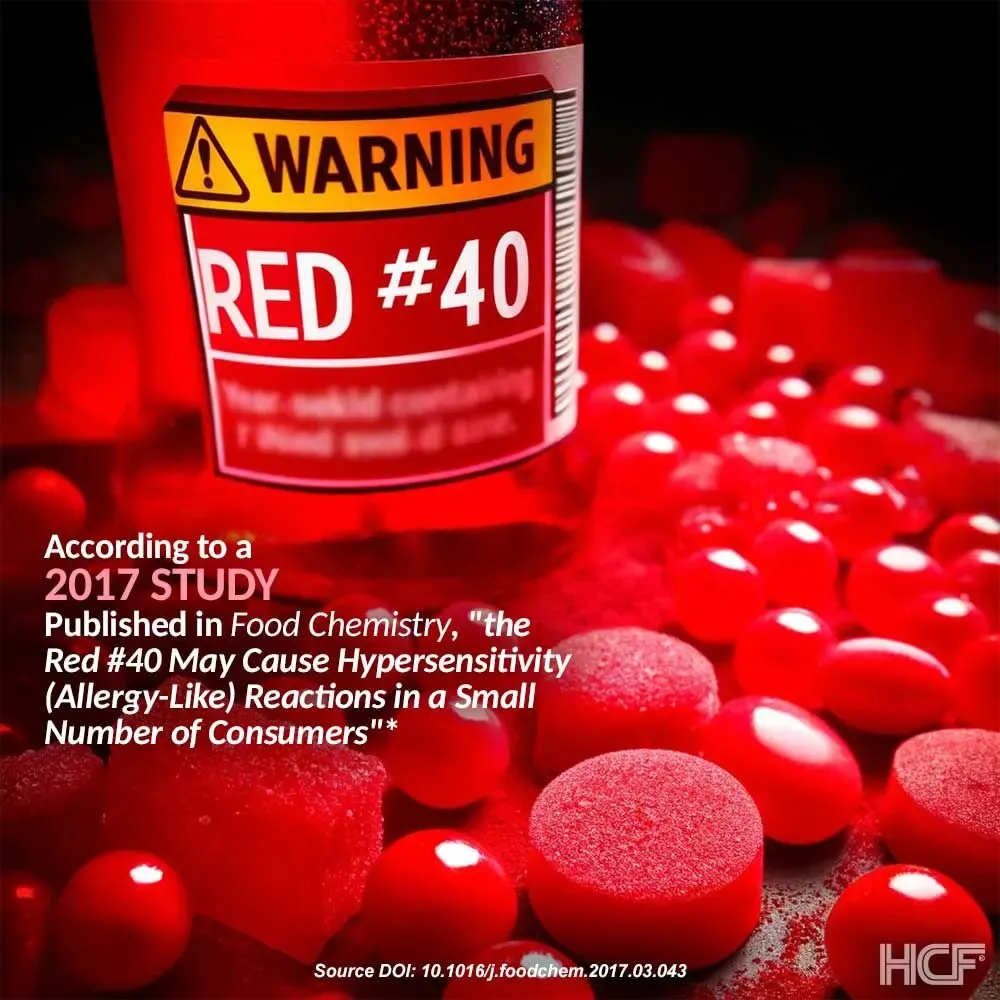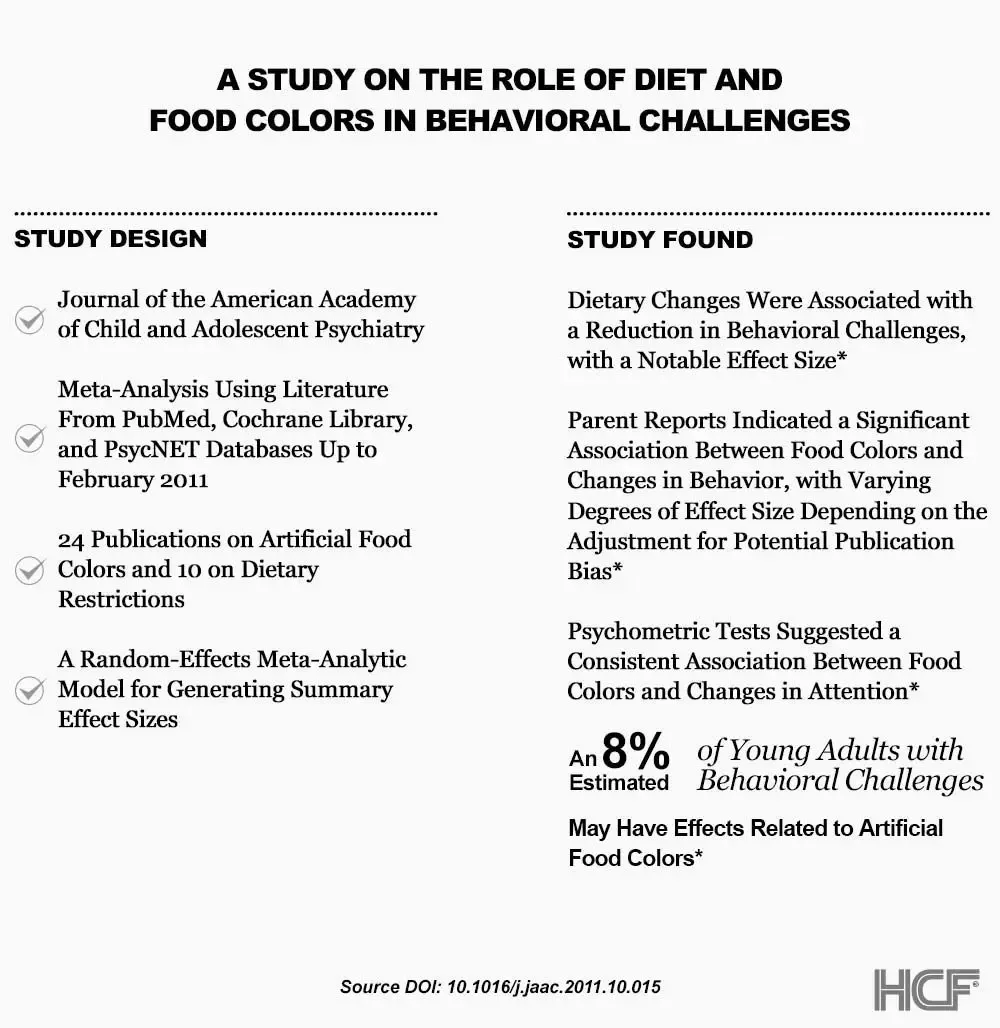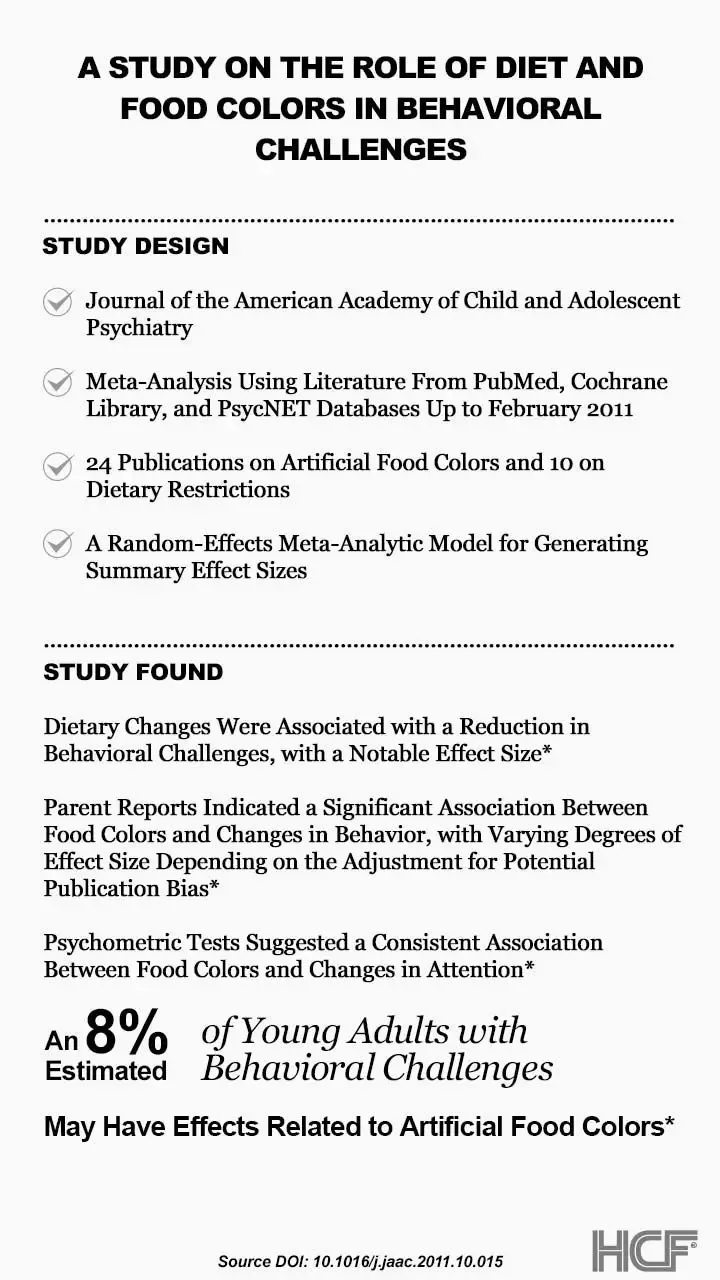
2EXCIPIENTS
Red #40 Coloring in Nootropics: A Health Risk? (Allura Red AC)
3 min read

Essentials
- Studies have linked artificial colors like Red #40 to attention and behavioral challenges in young adults, with some showing improvements when these dyes are eliminated from their diets.*
- Research suggests that Red #40 may cause allergic reactions as the body's immune system may see the dye's molecules as threats, leading to side effects.*
Red #40 is an artificial color commonly used in many nootropics (and other dietary supplements, foods, and beverages). It's also one of the most controversial artificial colors. Why? Because recent reports may suggest a link with certain health concerns, including allergies and attention challenges in young adults.*
Red #40: a sneaky 'inactive ingredient' you may be overlooking.
Red #40 is an artificial color derived from petroleum and used by some brands to give a wide range of products—including certain multivitamins and nootropics—a more eye-catching appearance.1 To make them more appealing to consumers, if you like.*
But here’s the thing: When it comes to artificial dyes, young adults are often the most exposed ones.*
You guessed it. Red #40 is in many colorful nootropics and gummy multivitamins, too.
Take the vibrant, 'strawberry-flavored' multivitamins that catch your eye on the shelf. Young adults are naturally drawn to these colorful and fruity gummies, often preferring these over ordinary and 'boring' tablets or capsules.
It's no wonder it’s easier to persuade your loved ones to take these fun-shaped gummies. But have you ever paused to consider if you (and your loved ones) should or should not be exposed to all these artificial additives?
Chances are that many of these nootropics and multivitamins may not even contain natural fruit extracts in any significant amounts. Instead, many brands opt for artificial colors like Red #40 to achieve that irresistible red coloring reminiscent of strawberries.
Wait, why does it matter if food colors are natural or not?
It's simple, really. Like most artificial colors, Red #40 has been a topic of debate… and controversies. Especially after research has often found a potential link between this artificial dye and various health challenges.*
Allergic reactions.*


Why the allergic reaction? With artificial colors, the chemicals that make up the pigment can break down into tiny molecules. Sometimes, the body sees these molecules as a threat, especially if they bind with proteins. Then, the immune system kicks in, which, in turn, may cause allergies or other unwanted side effects.*2,3
Attention challenges.*
According to ongoing research, while a certain percentage of young adults may not be affected by Red #40 (or other artificial colors), many could still exhibit sensitivity.*
Here's an example. A comprehensive 2012 review published in the Journal of the American Academy of Child and Adolescent Psychiatry revealed that an estimated 8% of young adults with attention challenges across the U.S., U.K., Australia, and Canada may exhibit challenges linked to artificial colors.*4


Other studies also suggest that artificial colors like Red #40 may induce behavioral challenges, such as hyperactivity, due to potential chemical alterations in the brain, as highlighted in a 2013 review in Nutrition Review.*5
Interestingly, some research, including the 2012 review mentioned above, observed marked improvements in attention challenges when young adults were placed on strict dye-free diets.*
You can reduce your or your loved ones' exposure to artificial dyes like Red #40.
How? By paying more attention to product labels and carefully reading through all those 'Inactive’ or ‘Other’ ingredients. But don't be fooled. This artificial dye can be listed under many different names:
- Allura Red AC
- Red 40
- Red 40 Lake
- FD&C Red no. 40 Aluminium Lake
- FD&C Red no. 40
You could also opt for brands committed to purity, transparency & safety. HCF®'s clean label principles, integral to our 7 Advances®, go beyond simply avoiding unnecessary fillers, binders, and additives. While you can trust that our advanced nootropics are free from artificial flavors or colors (including Red #40), GMOs, gluten, dairy, caffeine, eggs, wheat, magnesium stearate, nuts, fish, or soy; you can also trust we will only use natural, recognizable, and premium neuro-nutrient forms to nourish your entire brain system (head, heart, and gut).*